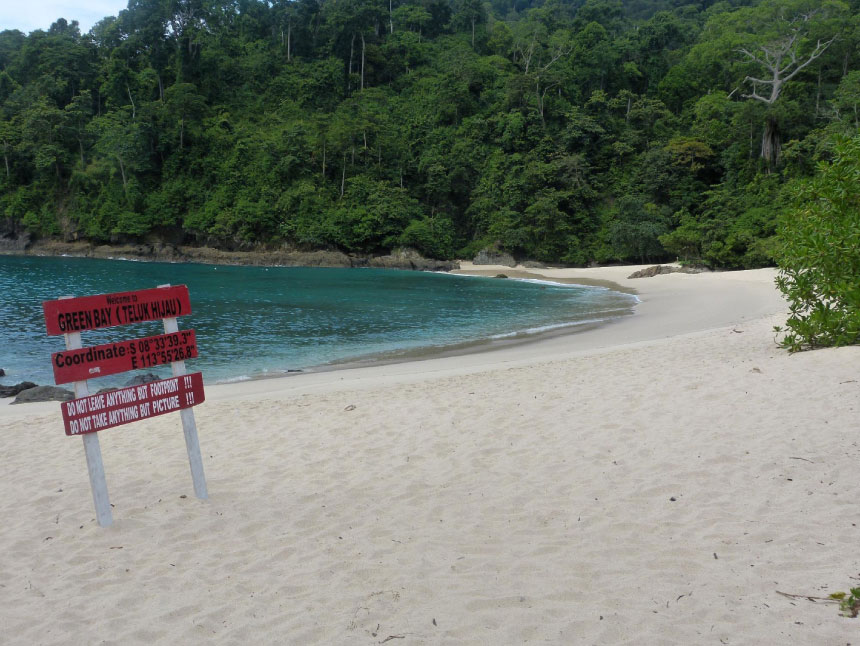Sukamade: Turtle Beach
Tuesday, June 23, 2015
To see these extraordinary creatures, we faced a rough road and rivers to cross. We were told that we needed a four-wheel drive vehicle and were strongly advised against taking our old Toyota Kijang. As it turned out, the difficulty only added to the overall experience of visiting this wild, totally undisturbed, empty and inhospitable three-kilometer-long stretch of coastline pounded by the dangerous deep green surf of the Indian Ocean.
arsip tempo : 171414142763.

To see these extraordinary creatures, we faced a rough road and rivers to cross. We were told that we needed a four-wheel drive vehicle and were strongly advised against taking our old Toyota Kijang. As it turned out, the difficulty only added to the overall experience of visiting this wild, totally undisturbed, empty and inhospitable three-kilometer-long stretch of coastline pounded by the dangerous deep green surf of the Indian Ocean.
Travelin
...
Subscribe to continue reading.
We craft news with stories.
 For the benefits of subscribing to Digital Tempo, See More
For the benefits of subscribing to Digital Tempo, See More








